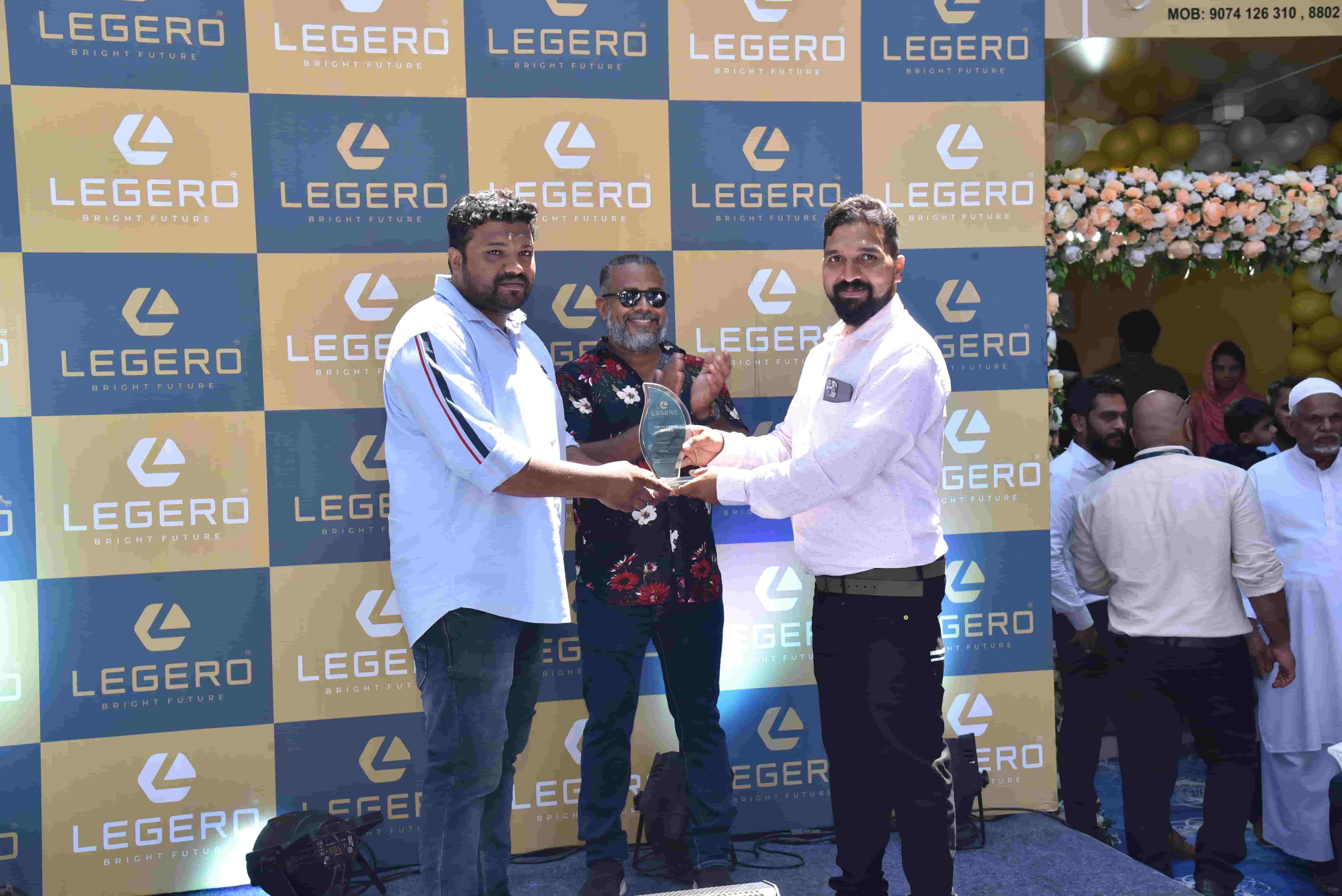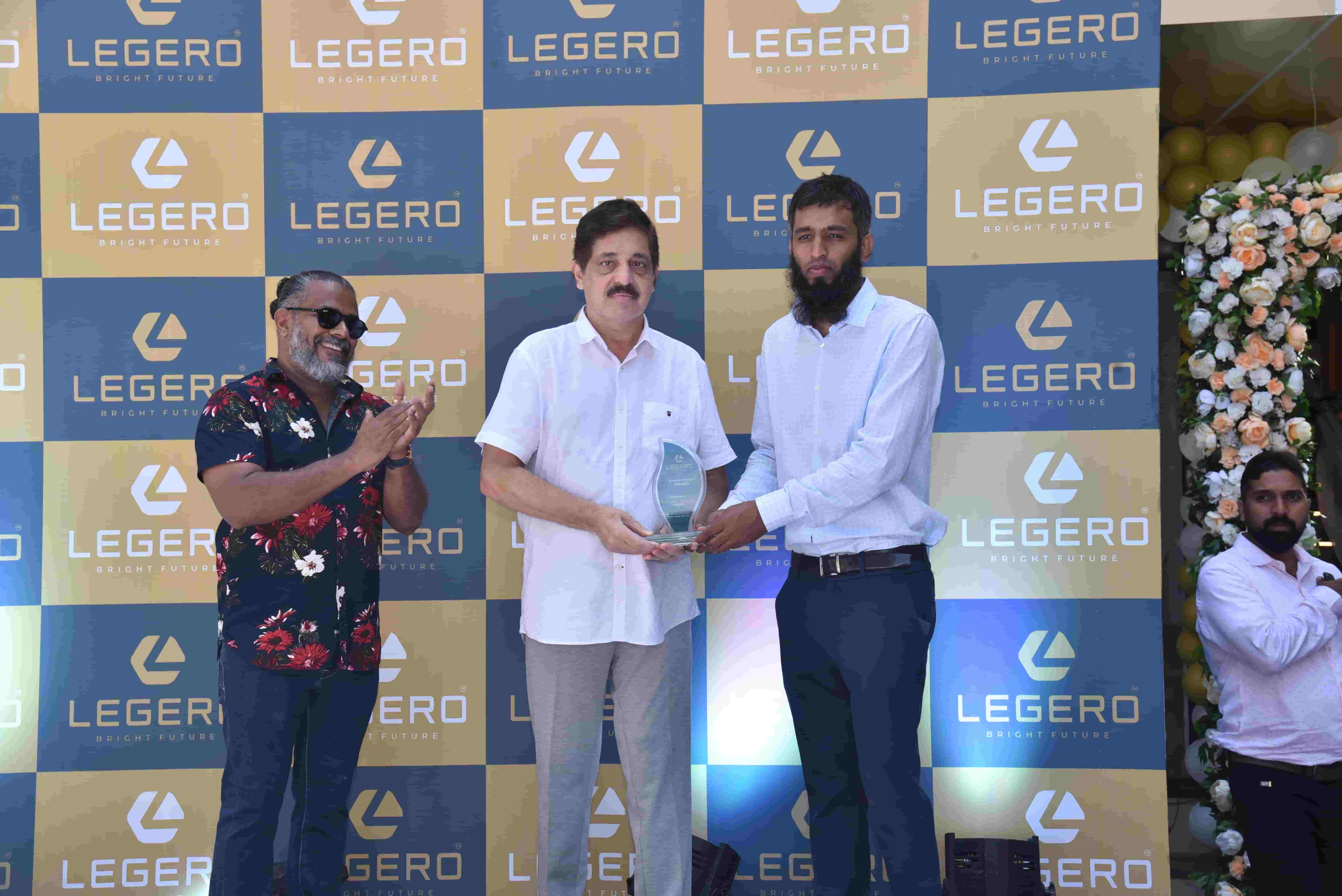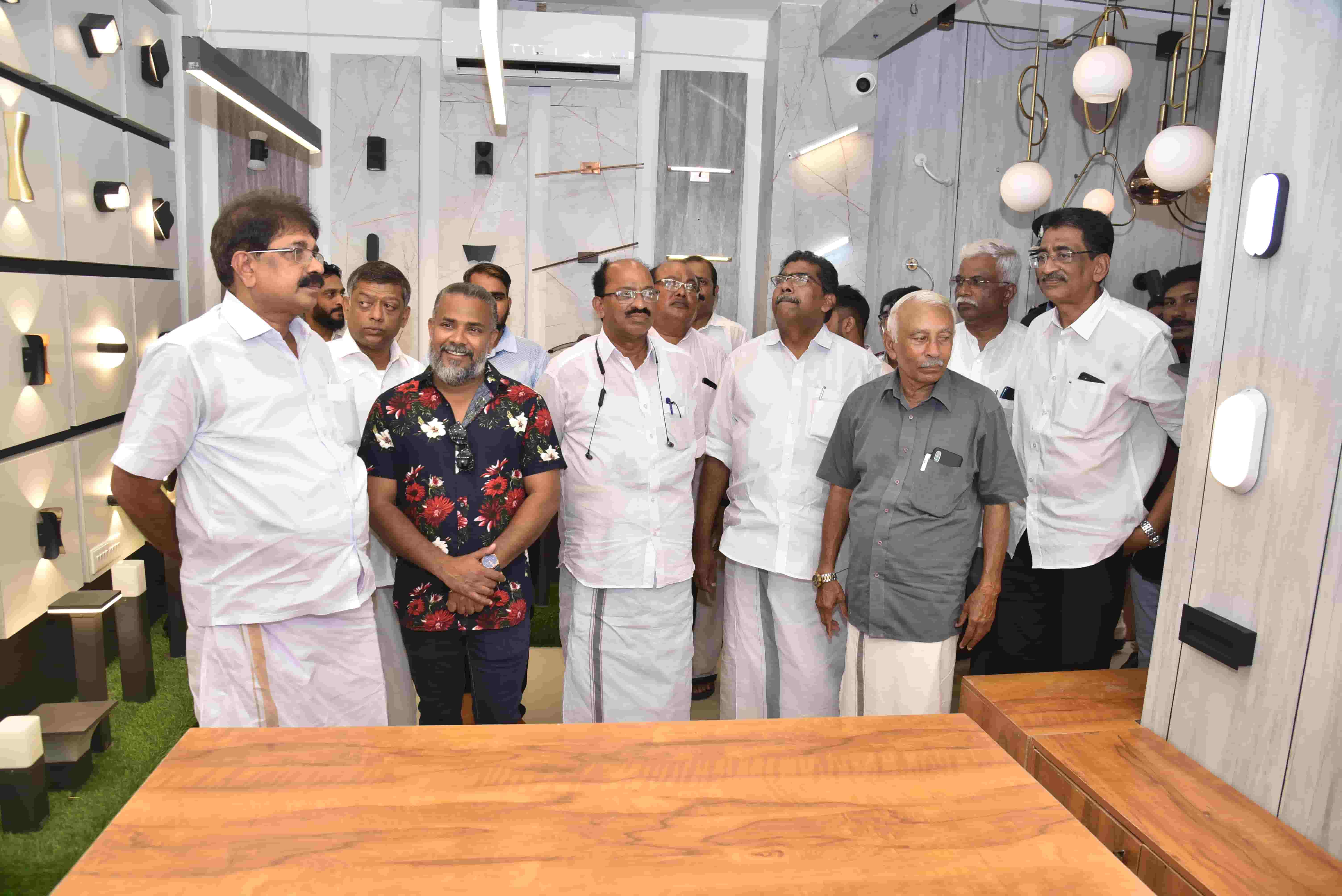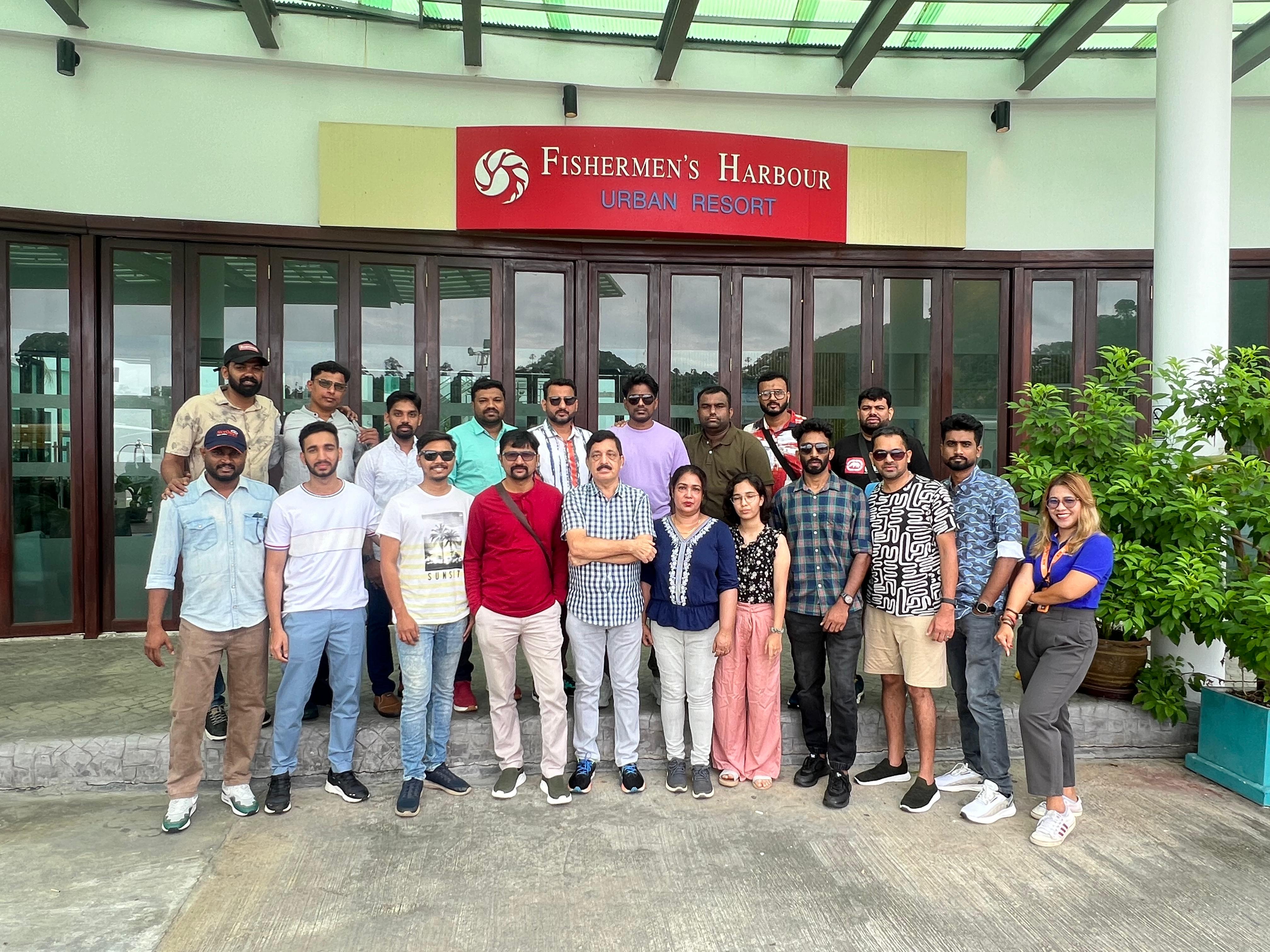Events
Light for You








Events








News
July 12, 2023

The current era has emerged with the revolutionary objective of moving towards a greener and more sustainable future. As a result, many industrial sectors are leveraging the power of technological advancement to minimise the carbon footprint and its adverse effects on the environment. One such area where technology is utilised at its best is in the lighting industry.
By necessity, lighting is an essential aspect of any residential or commercial space, so optimising its usage and design can have a true impact on safeguarding the environment. For that matter, the use of LEDs is emphasised due to their low-carbon footprint and higher energy savings. Further, the integration of IoT (Internet of Things) into lighting systems has unlocked new opportunities for businesses to save energy, time, and money.
IoT-enabled LED lighting systems have transformed the idea of achieving the desired illumination in commercial settings by providing greater control over energy consumption. However, there are still a few challenges in the system deployment that must be overcome to establish a successful connection between luminaires and the network.
Before delving into these challenges, let’s first briefly understand the concept of IoT in lighting systems.
Smart lighting: Incorporating IoT into Lighting Design
Harnessing the potential of IoT (interconnected devices that can be controlled through a network), smart lighting involves a wireless connection of luminaires over a web network. Typically, the major devices involve LED luminaires, sensors, and actuators that are connected to a local network that can be accessed and controlled with the help of smart devices like a PC or smartphone.
This offers the ease of automating lighting controls or managing them remotely. Besides, there are plenty of other advantages, such as lowered energy consumption, enhanced safety, fostered operational efficiency, and much more.